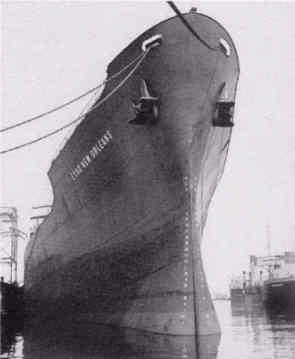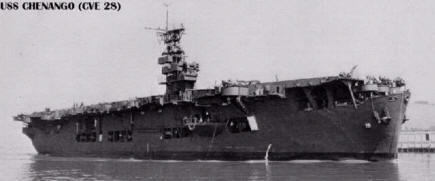Don't miss the wonderful photograph at the bottom of this page. Of all the photographs on this web site, this is the one I enjoy the most. How well I remember trips like this to New Jersey as well as three trips to Denmark and back to Aruba, across the Atlantic. On all these trips there were many days when the tankers deck were awash with water breaking over the low deck which was only about four feet above the waters surface. Dan Jensen
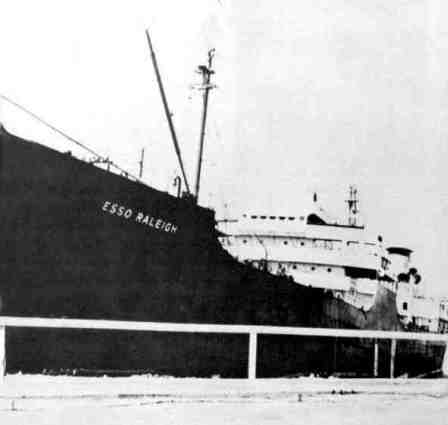
The following information is taken from "Ships of the Esso Fleet in World War II" printed by Standard Oil of New Jersey.
After the Lago refinery was purchased by Standard Oil of New Jersey a number of Esso tankers were assigned to run between New Jersey and Aruba to carry fuel to the United States and needed commodities to Aruba. These ships were: Esso Raleigh; Esso New Orleans; Esso Aruba; Esso Bolivar; F.W. Bedford, Jr. and the Peter Hurll.
|
|
The "Esso New Orleans"
Esso New Orleans (I)" was acquired by the US Navy in may 1941 and renamed USS "Chenango" (AO 31). Conversion to escort carrier (CVE 28) completed in
September 1942.
USS "Chenango" (CVE 28) ex "Esso New Orleans (I)".
|
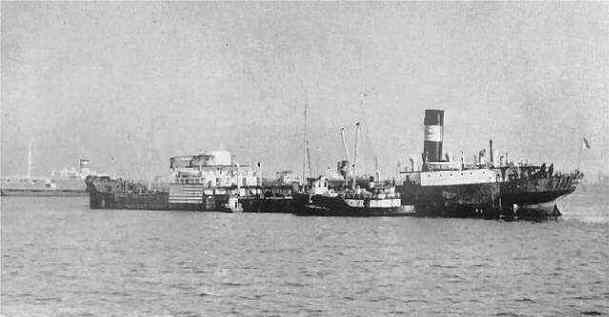
"Esso Aruba"
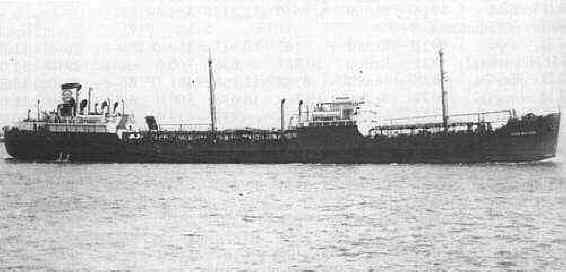
"Esso Bolivar"
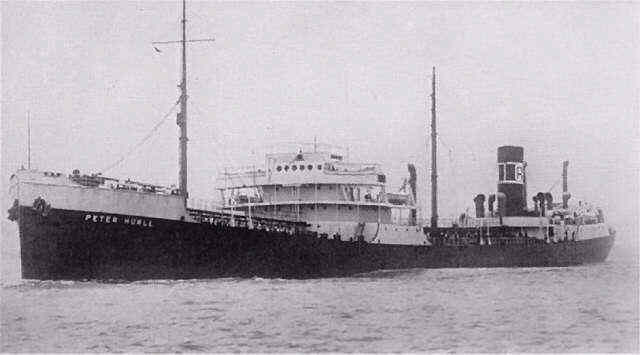
Peter Hurll
she because the
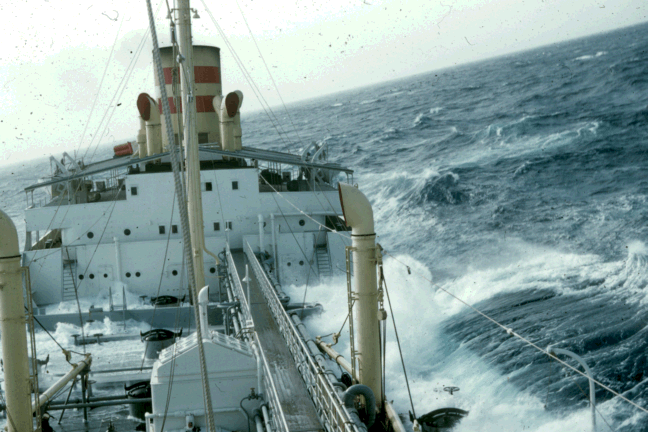
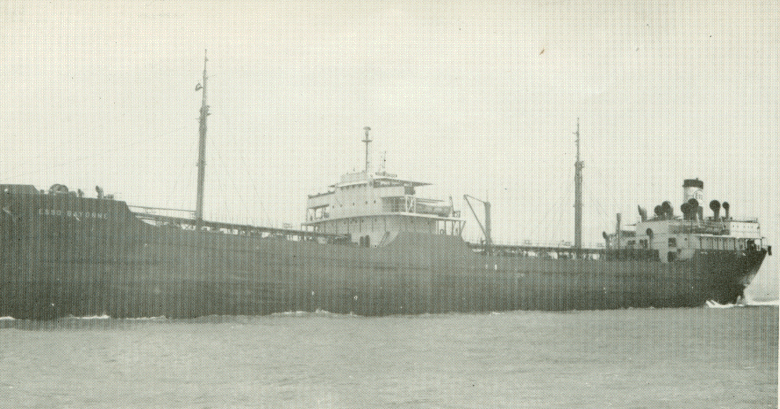
| RETURN TO LAGO HOSPITAL PAGE | RETURN TO SUPPORT FACILITIES |
